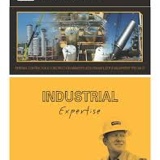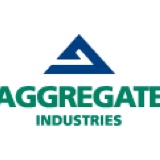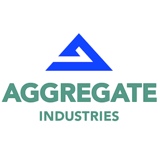Information
-
Audit Title
-
Client / Site
-
Conducted on
-
Prepared by
-
Subcontractors Present
General Safety
-
First-aid supplies are onsite and marked.
-
Safety Data Sheets are onsite or available within the hour for all chemicals.
-
First aid/CPR trained personnel onsite.
-
Facility emergency contact numbers posted.
-
Fire extinguishers located within 100' travel distance.
-
Local Emergency response numbers posted.
-
Flammable liquid containers appropriate and clearly identified.
-
OSHA Required Posters visible
-
HEPA/carbon filter is in place and exhausted to a designated location.
Housekeeping & Sanitation
-
Walkways and working areas clear of trip hazards.
-
Sufficient sanitary locations, including hand washing, on site and accessible.
-
Adequate supply of drinking water.
-
Lighting sufficient in work areas and walkways.
-
Temporary electric is routed to reduce tripping hazards.
Personal Protective Equipment
-
Hard hats worn by all workers meet ANSI Z89.1 standards
-
Eye protection appropriate for the hazard.
-
Hearing protection where required.
-
Long sleeves, long pants, sturdy work boots.
Ladder Safety
-
Only fiberglass ladders are used.
-
Step ladders placed in fully opened position for use.
-
Straight ladders set up at proper angle and secured at top, extend at least 3' above the landing.
-
Ladders in good condition with capacity markings and safety warnings legible.
Electrical Safety
-
GFCI located at source of all temporary power cords.
-
Temporary lights properly guarded.
-
Temporary electric of heavy duty type or heavier.
-
Electric boxes and junctions completely covered.
-
Energized, live equipment identified or distinguished from disconnected equipment.
-
Electric hand tools are in good condition with no exposed wiring.
Lock out/tag out
-
Identification of equipment to be locked out:
-
Each worker has a unique lock?
-
All energy sources controlled.
-
Equipment tagged to identify work.
Mobile Equipment Safety
-
Workers tied off in boom lifts to manufacturer approved anchor points.
-
Scissor lifts are fully enclosed, including gate and mid-rail protection.
-
Mobile equipment operated within capacity limits and at safe speeds.
-
Equipment free from defects in structural members or mechanics.
-
Audible backup/movement alarms.
Welding & Cutting
-
Gas cylinders properly stored (when in use and not in use)
-
Screens and shields used to prevent light exposure to others.
-
Fire extinguisher within 25 feet.
-
Proper PPE utilized, including appropriate shading, face and hand protection.
-
Welding leads, cables, and connectors in good condition.
-
Are hot work permits obtained where required?
-
Fire watch utilized when required.
-
Combustible material protected or removed.
Fall Protection
-
100% tie-off above 6 ft.
-
Floor openings protected by secured, marked covers or guardrails.
-
Emergency retrieval available in case of fall.
-
Personal Fall Arrest devices in good condition, inspected, and worn properly.
-
Handrails provided on stairways or guardrails meet handrail requirements.
-
Stairways blocked and marked if unusable.
Scaffolds
-
Scaffolds inspected with visible tag if in use.
-
Proper access provided (less than 2' to first step).
-
Guardrails provided at appropriate heights.
Confined Space
-
Is a confined space being accessed today?
-
Onsite rescue provided
-
Competent person identified on permit is present.
-
Attendant(s) located by retrieval devices and in communication with entrant(s)
-
Atmospheric testing completed and ventilation provided.
-
Permit completed and posted.
Confirmation
-
General Comments
-
Inspector's Signature:
-
Superintendents Signature:
Additional Representative
-
Name:
-
Company represented:











